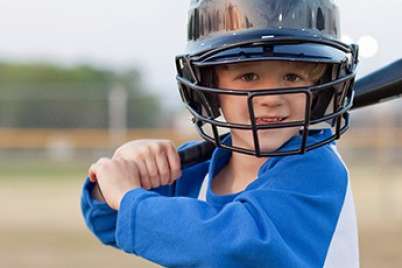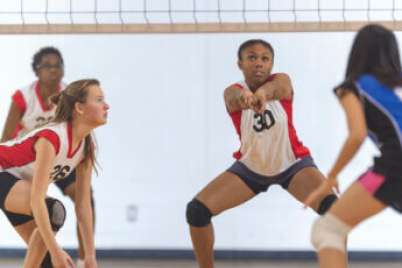
HIGH FIVE ensures children’s sport and physical activity programs meet quality standards
As parents, we generally all want the best for our kids. That’s why we sign them up and schlep them around to learn everything from basketball to hockey.
But how do we ensure that our kids’ mental health is being taken as seriously as their physical health?
That’s where High Five comes in.
A division of Parks and Recreation Ontario, High Five was started in the 1990s with a grant from the Ontario government.
The set of quality standards was so successful that the program has been rolled out with the support of recreation groups across Canada.
The five principles of High Five
High Five teaches front-line leaders — ranging from hockey coaches to teens leading summer camps — about the importance of nurturing children’s mental health alongside their physical health.
Each group leader is coached on five main principles:
- the importance of a caring adult
- the opportunity to play
- the opportunity to make friends
- the opportunity to participate
- the opportunity to learn new skills
“What High Five does is teach them the key elements of healthy child development, what kids need to have a healthy experience,” says LJ Bartle, the director of High Five National Standard.
As parents, we may think our child is simply attending a program to learn a particular sport or skill.
“But really, a child is also coming to make friends, to play, to develop relationships with other people,” says Bartle.
“If they then master a skill, that’s great, too.”
Helping kids learn to love sports and physical activities
High Five teaches group leaders “engagement strategies for children who aren’t engaging,” Bartle says. “We want children to be safe, both physically and emotionally. We want programs to be accepting of diversity, and we want to be sure they’re doing activities that are developmentally appropriate.”
If a child has a positive experience, they are more likely to stay involved and active, Bartle says.
By the age of 13, 70 percent of children will drop out of a sport because of a negative experience. “You see them become ‘couch for life’ instead of ‘active for life’ kids,” says Bartle.
“It’s easy to figure out when a child comes in with a broken arm. But it’s not so easy when a child comes in with a broken heart.”
Those negative experiences may include a coach who constantly yells at a child, thinking he or she is motivating them, she says. Or a team experience where the coach only plays the strongest, best players in an attempt to win every game.
“This is especially critical at that 10- to 12-year-old age, when kids are starting to have a voice and they can stand up and say, ‘I don’t like this and I’m not coming back,’” Bartle says.
Kids want to play, not watch
Studies show most kids would rather be an active member of their team and lose a game, than be sidelined, watching the best players, and win, Bartle says.
“But if a child always feels like the worst player, they will never want to participate,” she says.
“We really need to do all we can to ensure children stay active.”
With that in mind, parents need to realize that although it may seem like their child is playing a lot during a sport or fitness program, they’re still learning.
“A lot of times, parents don’t recognize the value of play, and they’ll push back at organizations that have integrated play into their programming,” Bartle says. “But play is how children learn.”
Talk. Ask questions. Don’t be afraid to find out if your children’s team leaders have undergone the High Five quality standards, Bartle says.
“When I was a kid, this wasn’t something that was talked about,” Bartle says. “You just went to the program that was closest or cheapest.”
But these days, she says, “parents have power. You don’t have to settle for lesser programs. You have a choice.”
Indeed, more than 675,000 children across Canada have been impacted by High Five. Find out which programs in your neighbourhood are practicing the High Five principles at the High Five website. Then enter your postal code for a list of organizations closest to you that have undergone High Five training.





